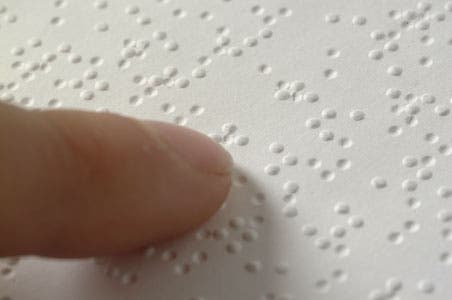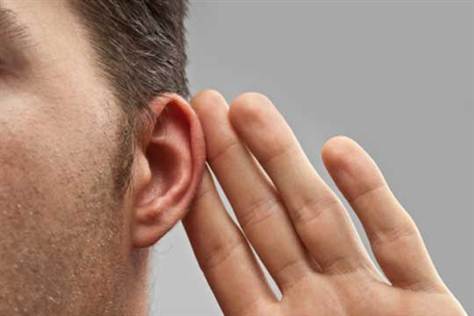As much as technology has improved, the blind still struggle with many of the problems they faced say, 1000 years ago.

However, as researchers from the the University of Alcalá de Henares (UAH) have discovered, the solution may be provided by nature, or more exactly by other inhabitants of our planet: dolphins and bats. It seems that humans can be just as effective at using echolocation in order to avoid abjects and all it takes is a bit of training.
Several studies were conducted for this purpose. Firstly, the scientists had to discover the most effective sound that could be used, after analysing their physical properties. The conclusion was finally drawn:
The almost ideal sound is the ‘palate click, a click made by placing the tip of the tongue on the palate, just behind the teeth, and moving it quickly backwards, although it is often done downwards, which is wrong”
explained Juan Antonio Martínez, lead author of the study.
These particular sounds are similar to the ones used by dolphins, but at another scale as the sea mammals have special organs for this. The difference is clear: 200 “clicks” per second – the dolphins- to 3-4 “clicks” – the humans. Echolocation is three-dimensional as it allows one to appreciate the distance of an object based on the time that elapsses since the emission of the sound and the moment the echo is received as the sound wave is reflected by the surrounding objects.
Moreover, a special method was developed so that people could use echolocation in their daily life. Firstly, one must learn to distinguish between their sounds and any other. Secondly, it is necessary to distinguish between objects according to their geometrical properties, like a sonar does. Although some time is necessary to develop this skill, the results are quite fast. Practising for about two hours every day for a few weeks should be enough for someone to learn to distinguish between a tree and a pavement.
Also the “sh” sount used to make someone keep quiet might prove useful. Moving a pencil, for example, in front of the mouth will definitely be noticed.
Finally, the “palate clicks” must be mastered as they must be properly emitted. in order to succeed, researchers used a laser pointer showing at which part of an object the sound should be aimed.
It seems that not only the blind could benefit fomt this technique, but also the deaf as vibrations are perceived in the tongue and the bones and not only in the ear. Moreover, firemen, rescue tems or just people lost in the fog could use the technique too.
Echolocation could even prove to be more effective than eyesight in some cases. At first, researchers were only able to tell if someone was or not in front of them, but now they can detect internal structures like bones and even objects from a bag.
As complicated as it may seem, some people have learnt the technique “by trial and error”. A well-known case is the one of Daniel Kisch, the only blind person who was awarded a certificate which made him a guide for other blind people.
source: Plataforma SINC










